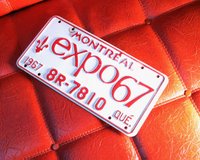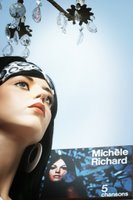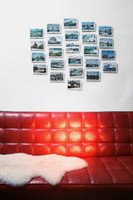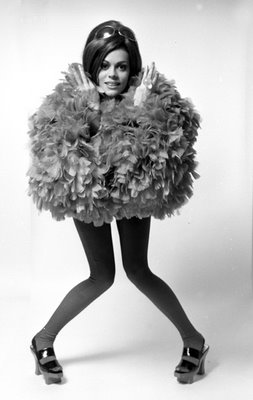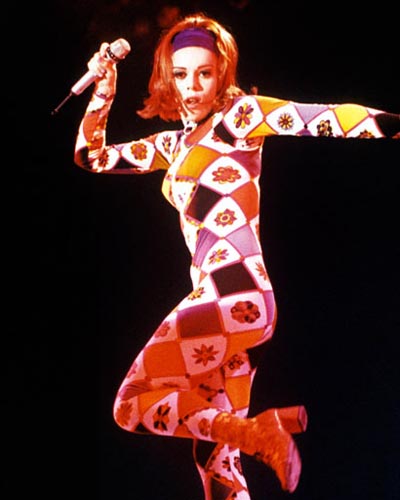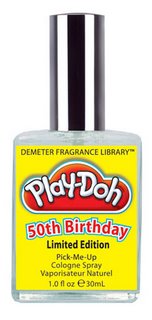 The origin of Adidas shoes dates back to Germany in the 1920's, with a small company called Gebruder Dassler Schuhfabrik.
The origin of Adidas shoes dates back to Germany in the 1920's, with a small company called Gebruder Dassler Schuhfabrik.Originally a slipper manufacturer, the companies' first sport shoes were designed for tennis in 1925 by Adolf (Adi) Dassler. The success of these shoes with athletes led Adolf and his brother Rudolph (Rudi) to develop specific shoes for specific sports. Among their technical innovations were the first arch supports, as well as marketing innovations: celebrity athlete endorsement.
The Dassler brothers had a bitter falling out in 1948, dissolving the original company. Rudi moved to the other side of town and developped Puma shoes. Adi developped the Adidas name that we know today, combining his nickname with the first syllable of his last name. The three stripe trademark was invented by Adi, and patented after the split with Rudi. These stripes were instantly recognizable when the Olympics began being broadcasted in the early days of television.
 Adidas began being sold in North America in 1968, and the Adidas Gazelle was one of the first styles to be featured. Adidas dominated the market in the 1970's with athletic clothing, as well as shoes. It was at this time that the company collaborated with ski instructor and fashionista Carlo Gruber, to design a colorful ski and après-ski collection. Adidas has recently re-issued this line, with great success.
Adidas began being sold in North America in 1968, and the Adidas Gazelle was one of the first styles to be featured. Adidas dominated the market in the 1970's with athletic clothing, as well as shoes. It was at this time that the company collaborated with ski instructor and fashionista Carlo Gruber, to design a colorful ski and après-ski collection. Adidas has recently re-issued this line, with great success.Adidas fell out of favor in the 1980's when companies such as Nike and Reebok appeared. The company hit financial rock bottom and was on the brink of disappearing by the late 80's. Then, in the 1990's, 70's fashions made a huge comeback and Madonna appeared in a pair of Gazelles in one of her music videos. The rest is sneaker history...
I must admit I am an Adidas boy, myself. I always have a pair of Gazelles in my wardrobe. I once bought a pair of Puma's and never again! I was disappointed with the quality of the shoes, while Gazelles can last me for years...
 adidas logo: www.stress.no
adidas logo: www.stress.noadidas gazelles: eBay.com








